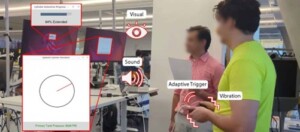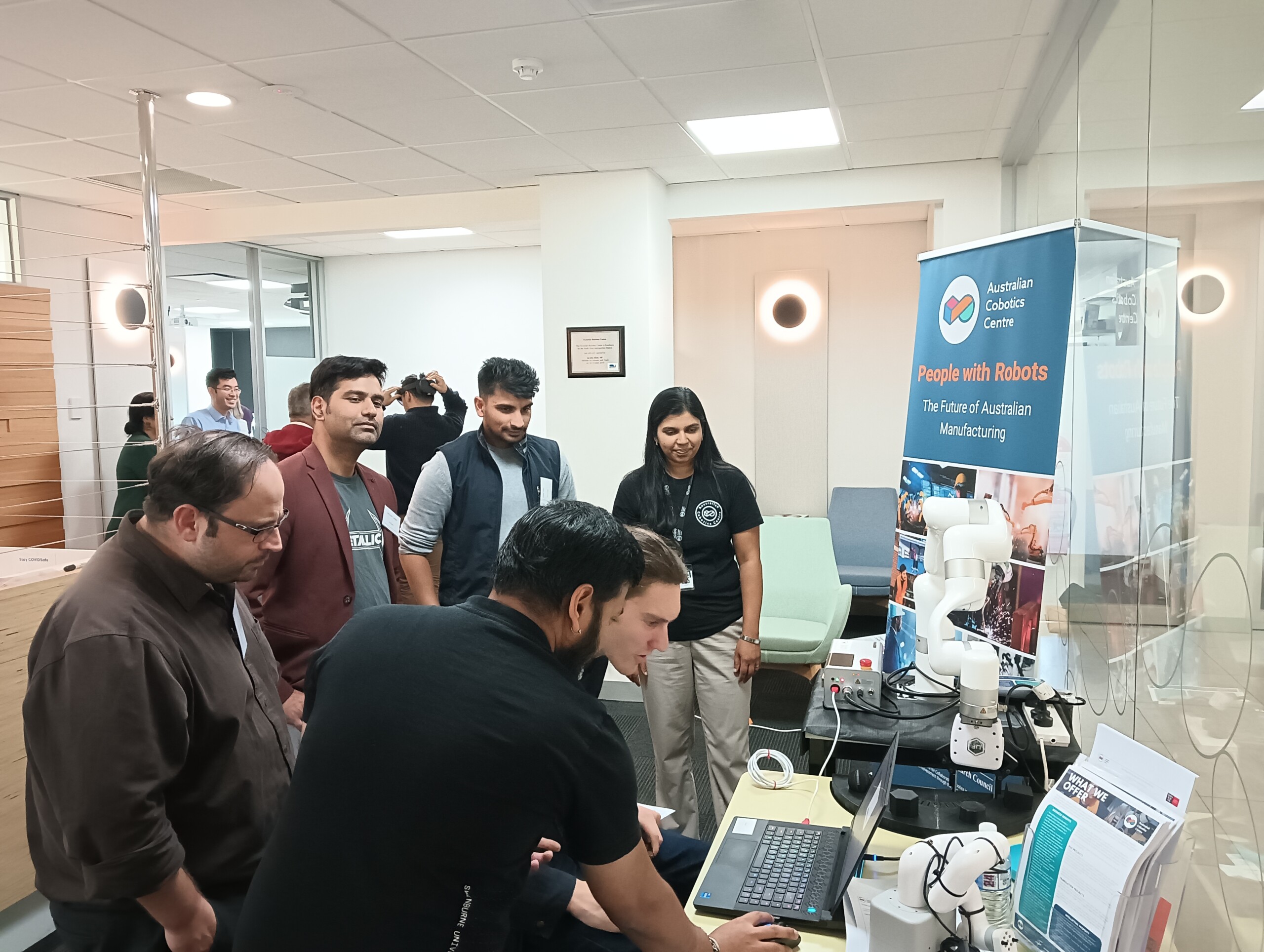 Jasper Vermeulen is a PhD researcher based at Queensland University of Technology and his project is part of the Designing Socio-technical Robotic Systems at the Australian Cobotics Centre. We interviewed Jasper recently to find out more about why she does what he does.
Jasper Vermeulen is a PhD researcher based at Queensland University of Technology and his project is part of the Designing Socio-technical Robotic Systems at the Australian Cobotics Centre. We interviewed Jasper recently to find out more about why she does what he does.
-
Tell us a bit about yourself and your research with the Centre? Include the long-term impact of what you are doing.
I have always been fascinated by how novel technologies integrate into our daily lives. Human-Robot Collaboration (HRC) offers an exciting opportunity to enhance human qualities and working conditions rather than replace human effort. My research focuses on uncovering crucial human factors in HRC applications, particularly manufacturing and robot-assisted surgery. By examining the real-world experiences of individuals collaborating with robots, I aim to design better HRC systems for Industry 5.0. My work seeks to improve the efficiency and safety of HRC, making these technologies more user-friendly and effective in complex environments.
Why did you decide to be a part of the Australian Cobotics Centre?
HRC is a rapidly evolving field with many unexplored avenues. Being part of the Australian Cobotics Centre allows me to contribute to the foundation of future work by enhancing human efforts through Collaborative Robotics. The Centre offers a unique opportunity to foster industry connections and make a direct impact through my research. Collaborating closely with industry practitioners helps bridge the gap between academia and industry, ensuring that my work effectively addresses practical challenges.
-
What project are you most proud of throughout your career and why?
I am particularly proud of my current projects with the Australian Cobotics Centre, which focus on human factors in surgery and manufacturing. These studies are grounded in real-world scenarios, like assembly line processes and robot-assisted surgical procedures. By emphasising user experience and leveraging action research with industry partners, I aim to create systems where humans and robots work together seamlessly. This approach not only centres around human needs but also tackles practical challenges, enhancing efficiency and safety in both industries.
-
What do you hope the long-term impact of your work will be?
I hope my research contributes to a deeper understanding of human experiences with HRC, aiding both academic researchers and industry practitioners. As robots become more embedded in our daily lives, understanding the human factors involved in this collaboration is crucial. My work aims to ensure that HRC systems are designed to effectively enhance human capabilities and work conditions.
-
Aside from your research, what topic could you give an hour-long presentation on with little to no preparation?
I could give an hour-long presentation on smart home technology, which I find fascinating. While smart home devices offer convenience, connectedness, and entertainment, they also present privacy risks and surveillance concerns. My extensive research on this topic highlights the need for better education on the potential drawbacks of these technologies. With the rapid growth of smart home appliances, there’s plenty of material to discuss in an hour-long presentation.
Read more about Jasper’s project titled ‘Human Factors in Collaborative Robotics’ HERE.





